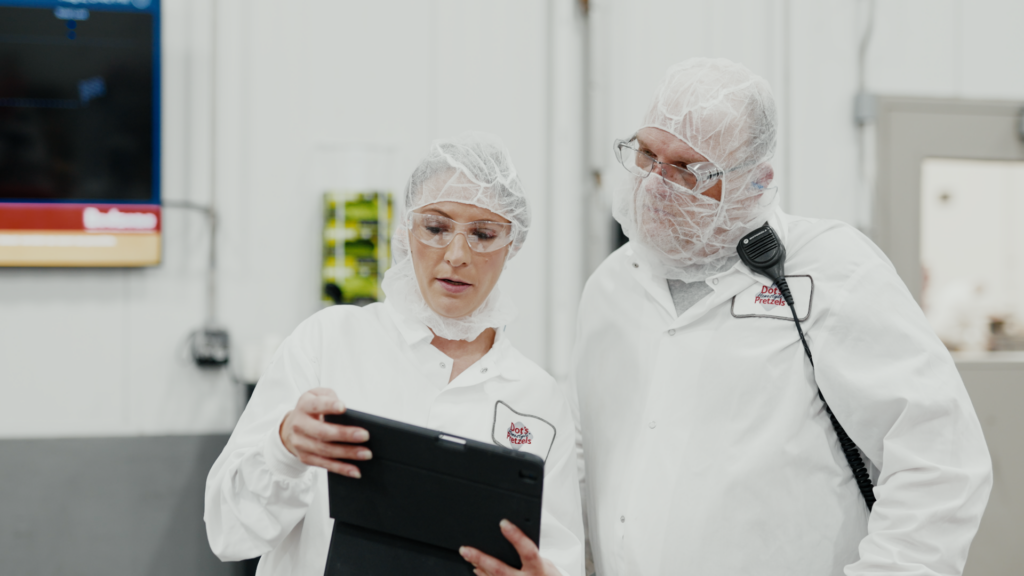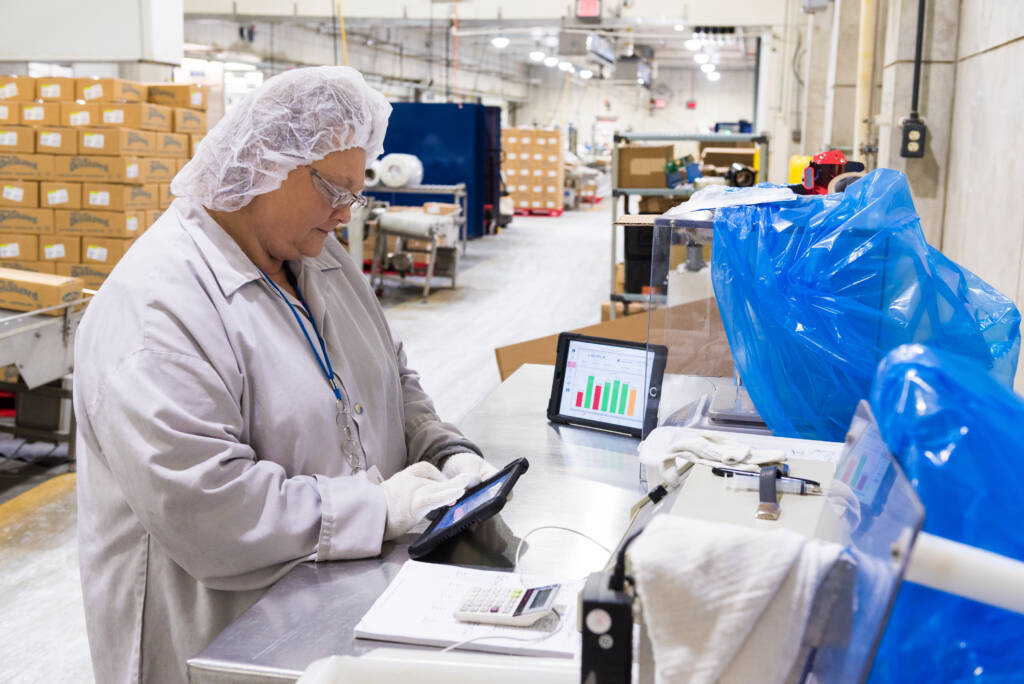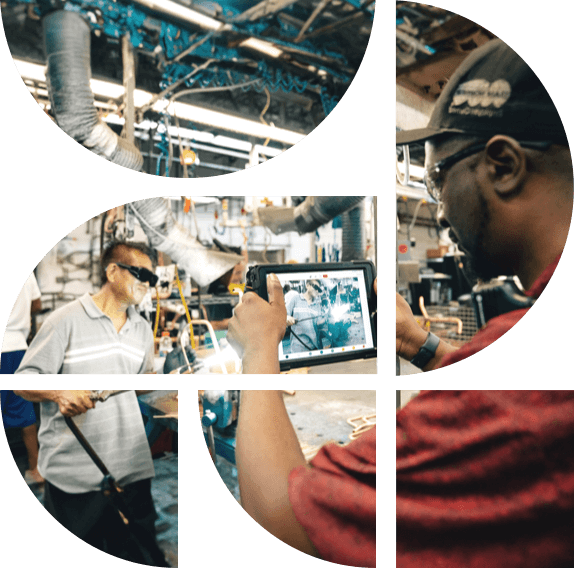Unlock the Secrets to Increased Productivity with Redzone's Newly Released Benchmark Report! Download Today
July 25, 2024

The 5 Whys method helps your organization avoid quick fixes by probing beyond the immediate symptoms of a problem to uncover its root cause. This deeper analysis addresses the underlying issue and leads to more sustainable, long-term improvements.
The 5 Whys are exactly what they sound like: five consecutive questions that begin with “Why?” When you encounter a manufacturing problem, continually asking yourself why each problem exists helps you dig deeper into the issue and trace it back to its original source. This way, you fix the root cause, rather than a surface-level issue that will only work temporarily.
The 5 Whys method was developed in the 1950s by Taiichi Ohno, a Japanese industrial engineer and businessman known for his work at Toyota. Ohno introduced this technique to improve quality and efficiency in manufacturing processes by identifying and addressing the root causes of problems rather than just treating symptoms.
This method quickly gained recognition and became a cornerstone of Toyota’s production system, which emphasized eliminating waste and optimizing processes. Over time, the 5 Whys technique spread beyond manufacturing and was adopted by various industries seeking to enhance their problem-solving capabilities. Its simplicity and effectiveness have made it a staple in lean manufacturing and various organizational settings.
The 5 Whys method is simple and effective in various organizational settings. It is an established technique in the Six Sigma DMAIC (define, measure, analyze, improve, control) methodology. Effective use of the 5 Whys is required to achieve Lean Six Sigma certification.
Using the 5 Whys method consistently can help you build a proactive and insightful organizational culture. It encourages your teams to move beyond surface-level fixes, preventing recurrence and promoting sustainable operational improvement.

To illustrate the 5 Whys method, consider a scenario where a machine in a factory stops working:
By identifying the root cause (no filter installed), your team can implement a solution that prevents the problem from recurring. This example highlights the importance of not stopping at the first answer and continuing to ask “why” until the true root cause is discovered.
Addressing only the symptoms of a problem can lead to duct tape MacGyver-style fixes that only provide temporary relief. Using the 5 Whys lets you implement lasting solutions that eliminate problems at their source.
For example, if a company faces frequent delays in product delivery, simply adding more delivery vehicles might seem like a solution. However, by using the 5 Whys method, the company might discover that the root cause is a bottleneck in the production process. Addressing this bottleneck can provide a more effective, budget-friendly, and long-term solution.
While the 5 Whys method is straightforward, there are common mistakes you can make:

Redzone addresses common root cause analysis concerns with technology that provides:
The 5 Whys method is an invaluable tool for root cause analysis. Implementing this technique can help you understand the root causes of issues rather than merely addressing symptoms. It fosters a proactive problem-solving culture with a focus on long-term improvements and sustainable operational success. The 5 Whys method, with its simplicity and power, is a crucial tool for any organization committed to continuous improvement and operational excellence.
Redzone’s technological solutions provide thorough and accurate analyses to support and enhance the effectiveness of the 5 Whys method. By integrating Redzone’s advanced tools, you can increase plant productivity, enhance your root cause analysis process, reduce human error, and facilitate better communication.
Start transforming your production processes today by exploring how Redzone can complement and enhance your root cause and 5 whys analysis. Book a demo today at Redzone to see these benefits in action.
Twice the Frontline Engagement: Priceless A spring in the step, a smil...

Contact us and let's begin empowering your frontline and growing your bottomline.
